
Have you ever wanted to live the cowboy experience or re-create it for your family? If so, there is no better place to do so than in America’s “Cowtown,” Fort Worth. Located in the gravitational center of north Texas and less than forty minutes from Dallas, it offers the perfect venue for a memorable family vacation interwoven with a Catholic twist.
Fort Worth is known as the place where the western frontier begins. The historic Chisholm Trail ran through it, as cowboys drove their cattle – especially the iconic Texas Longhorns – on to the rail yards in Kansas City. Fort Worth was the center of activity along the trail, a trading post filled with saloons, hotels and some less savory venues as well. Today, much of this heritage is preserved in the Fort Worth Stockyards National Historic Site. You can walk among many of the original frontier buildings and see a twice daily Cattle drive along its brick lined streets. If you visit in January, you can also attend the annual Fort Worth Stock Show and Rodeo, a nearly month long event from the oldest continually running livestock show and rodeo in the United States. And there are two museums in Fort Worth dedicated to telling the storied tale of the cowboy in American lore: the Texas Cowboy Hall of Fame located at the stockyards and the nearby National Cowgirl Museum and Hall of Fame.
The life of the old Texan cowboy is somewhat reminiscent of the path of the pilgrim Catholic family. We the trail we need to follow is clear, we have so many aids through God’s grace, the sacraments and the Church to help us navigate the twists, turns and unexpected developments on the course of our earthly pilgrimage. Yet, like the old cowboys of the west, we are undeterred to get ourselves and the loved ones in our care, to our final destination.
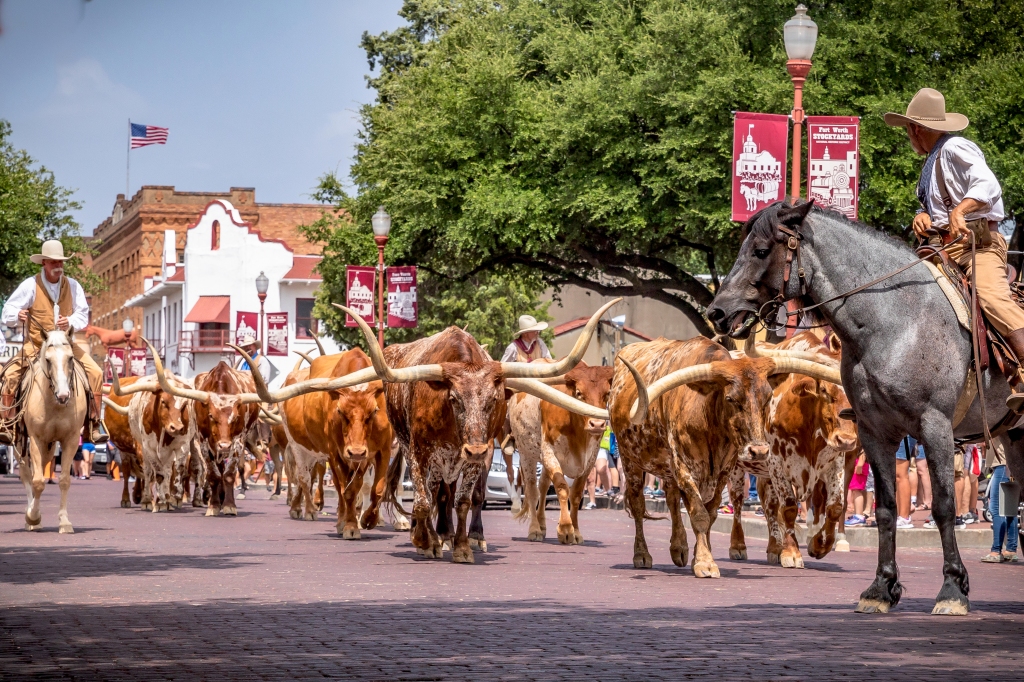
Though not quite cowboys, the first priests to serve the Fort Worth area were the “circuit rider” priests who traveled up to north Texas on horseback from the Gulf Coast. The earliest masses were celebrated ad hoc in the homes of local Catholics, though churches started to be established towards the latter part of the nineteenth century as the Catholic population grew, particularly with the influx of Irish workers for the railways that eventually put the Chisholm Trail and its cattle drives out of business.
It should come as no surprise, then, that the city’s Catholic cathedral is named after the patron saint of the Irish, St. Patrick.
Saint Patrick Cathedral full of ornate statuary and artwork, including the lovely statue of Our Lady of the Apocalypse above the high altar, representing Mary as described in the Book of Revelations. One of the most precious treasures of the cathedral is the icon of the Blessed Mother that is enshrined over the Marian altar. It was brought to the cathedral from Russia in 1917 (the year of the Russian Revolution) and is a replica of an ancient and miraculous icon that was lodged in the fifth century palace of the Byzantine Emperors in Constantinople. When touring the cathedral, you can also visit the archival room that preserves some of the treasures from the nineteenth century including historic crucifixes and professional crosses.
Across the street from the cathedral is one of the city’s landmark attractions: the Fort Worth Water Gardens. The Water Gardens were built over a particularly notorious part of old Fort Worth once lined with brothels and saloons; a fitting testament to the regenerative powers of water and reminder of how we are cleansed from original sin through Baptism.
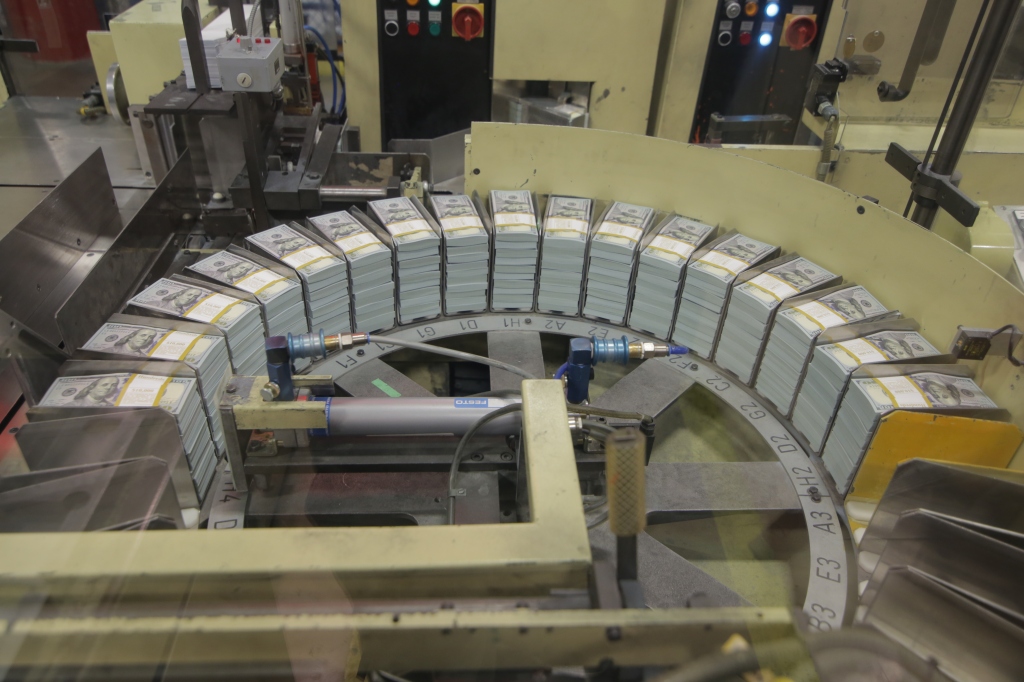
Fort Worth is also known as the museum capital of the southwest, and for good reason. It has many unique museums and cultural treasures to discover in its institutions. One of the greatest surprises in the city is that its renowned art museum, the Kimbell Art Museum, hosts an original painting by Michelangelo: the torment of St. Anthony. This is the earliest known painting of Michelangelo’s and depicts the torment of one of the great Desert Fathers of the Church by the devil.
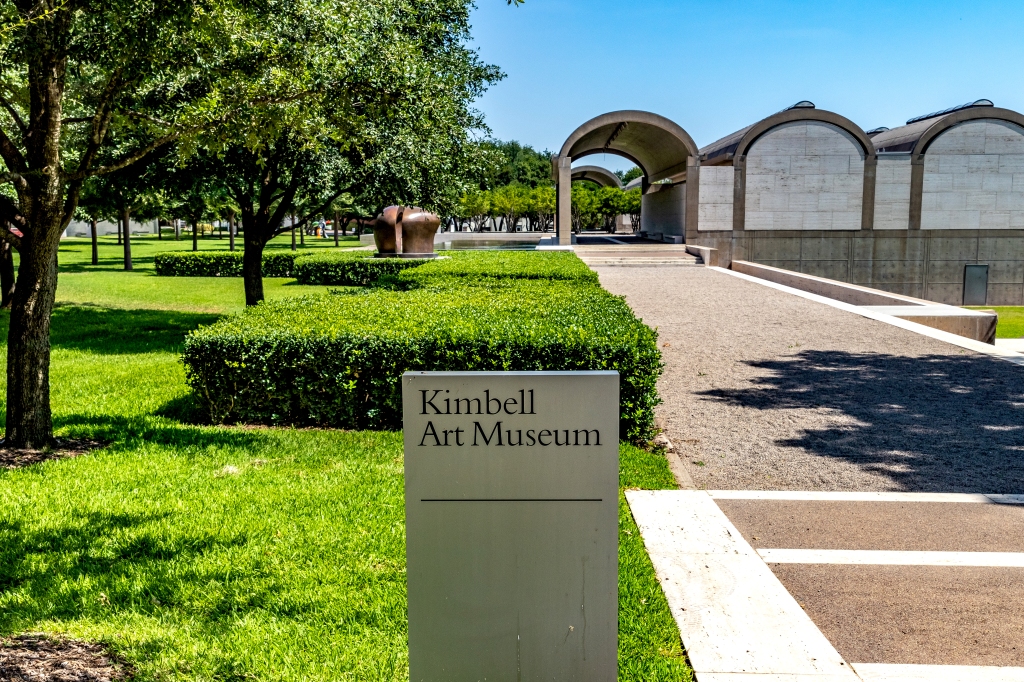
Two other “only in Fort Worth experience,” are a visit to the Bureau of Engraving and Printing, where you can tour the facility and see how coins are minted; and the American Airlines CR Smith Museum near the airport, where you can explore the history of this airline, let the kids try out flight simulators and even go down the evacuation slide.
Finally, before leaving town, you must take time to sample the food. Fort Worth has some of the highest ranked barbecue joints in the entire state of Texas and you must try at least one smoked brisket while in town. This can be paired with a trip to one of the many local distilleries and craft breweries in the area that are increasingly attracting renown.
A day trip through Arlington and Dallas
Fort Worth is part of the larger Dallas-Fort Worth-Arlington Metroplex, with a combined population of over six million souls. Along the way to Dallas, you can stop in Arlington, the entertainment hub of the region. It is home of the Dallas Cowboys, the Texas Rangers, and the Six Flags and Hurricane Harbor theme parks (and a new National Medal of Honor Museum will be opening next year). The nearby Mater Dei parish is home to the very first apostolate of the Priestly Fraternity of St. Peter in North America. It was established here in Dallas in 1991 (three years after St. John Paul II approved its formation) and has since spread quite rapidly across the U.S. and Canada.
From Arlington, it is an easy drive into Dallas.
Modern Dallas is built along the shores of the Trinity River; the river, whose full name is Rio Santisima Trinidad (River of the Most Holy Trinity) was named by a Franciscan missionary in the seventeenth century en route to establish the first missions in East Texas.
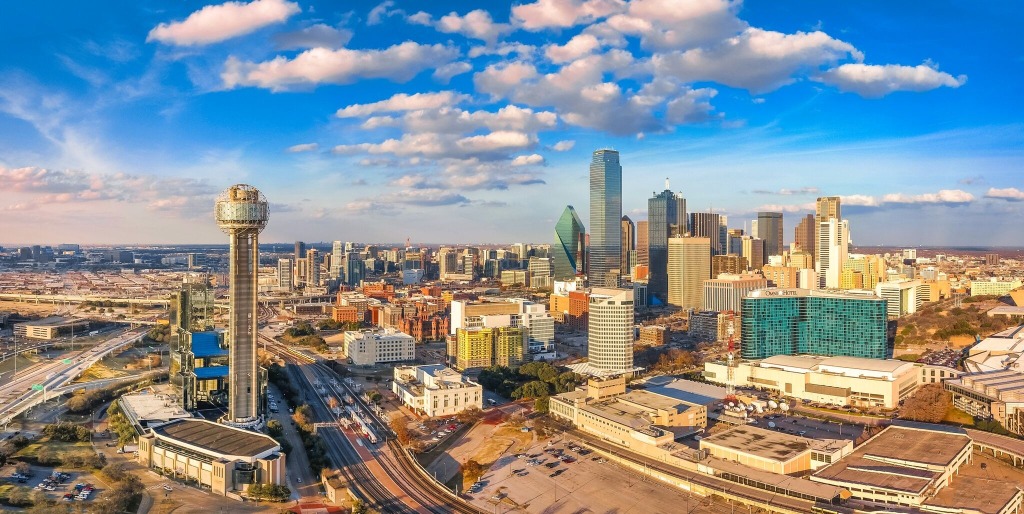
There are a number of popular attractions located in the downtown core, including the Dallas World Aquarium (it is not just full of fish, but exotic birds and a cloud trek exhibit); the site of the JFK assassination (and associated museum) at Delaney Square, and the city’s iconic Reunion Tower with its indoor/outdoor observation deck offering panoramic city views. Also nearby is Pioneer Plaza, with the massive bronze sculptures of the long-horned cattle.
Less than a mile away from these attractions, nestled amid the skyscrapers, shops and restaurants of the downtown core is a Catholic chapel with a unique history; a chapel that could easily be mistaken for another storefront if it wasn’t for the beautiful and gleaming mosaic of Christ in glory that crowns its entrance. St. Jude Chapel, built in 1968, offers twice daily weekday masses and daily confession. Each mass ends with the St. Jude Novena and there is a lovely side altar to St. Jude with an exposed relic of the apostle.
The Chapel was the vision of a Dallas business executive, Arthur C. Hughes, who went on to become a priest at age 76 and was America’s first “priest-executive.” He converted from Presbyterianism at age 21 and he worked as the Sr. Vice President of the S.H. Lynch Company (which was one of four American distributors for the Addidas Brand). Even after being ordained, Fr. Hughes continued his business responsibilities going into the office in the morning, then going to the Chapel to celebrate the noon mass daily. Most of his wealth went to the Arthur C. Hughes Foundation which he set up in 1950 to help young people get a Catholic education. He also personally led fundraising to cover the cost of the chapel.
At the other end of the downtown is the Arts District, where many of the city’s cultural attractions are located including the Dallas Museum of Art, the Nasher Sculpture Center, the opera house, the symphony hall, and one of the city’s most beloved spots: the Klyde Warren Urban Park, with lovely views of the skyline. Nestled among these popular sites is the city’s cathedral church, the Cathedral Shrine of Our Lady of Guadalupe. The Cathedral is one of the busiest Catholic churches in the entire country and it is one of only two cathedrals in the U.S. named for Our Lady of Guadalupe (the other is in Dodge City, KS). The devotion to Our Lady of Guadalupe runs particularly deep in this part of Texas, given that the faith was first brought to the region by Franciscan missionaries coming north from Mexico and by the enduring faith of the generations of Mexican and Tejano families with deep roots in north Texas.
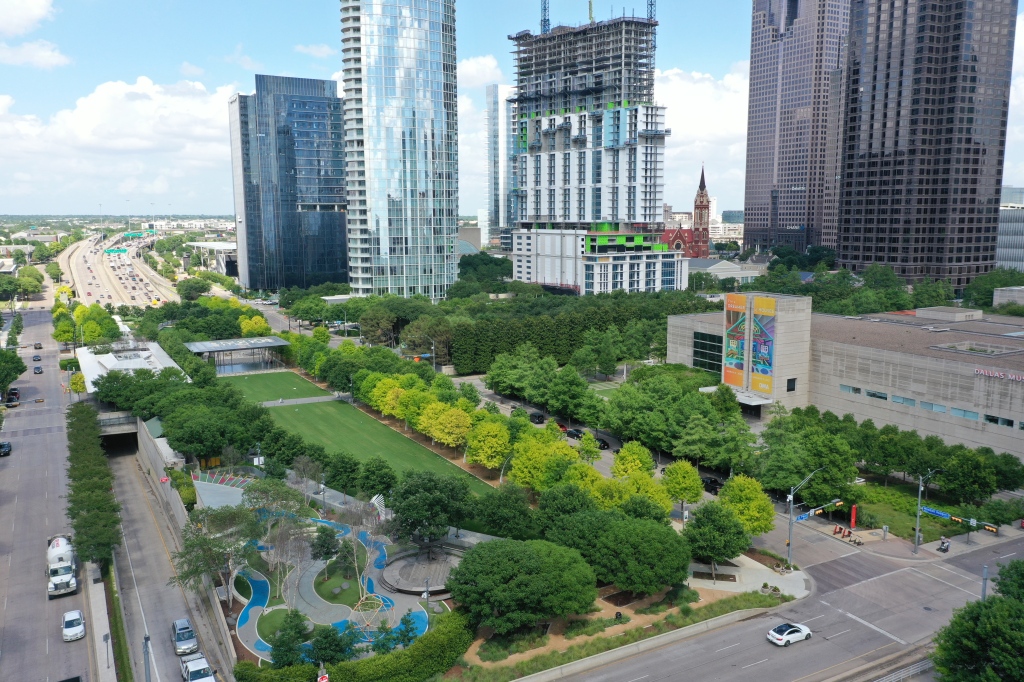
Also worth noting is the Museum of Biblical Arts that spans 11 galleries and has an outdoor sculpture garden of the Via Dolorosa and a world famous collection of rare bibles. It is conveniently located across from the upscale shops and restaurants of the North Park shopping center.
Before you leave Dallas, be sure to check out some of the city’s other popular attractions including the newly opened George W. Bush Presidential Library and Museum situated within the beautiful 15 acre Native Texas Park; the Perot Museum of Nature and Science where you can gawk at the giant Alamosaurus skeleton which once roamed Texas and was larger than a T-Rex; and the grounds of Fair Park in South Dallas where the 1936 Texas Centennial was held. Today, the Park is host to an intimate Children’s Aquarium, Firefighters Museum, Hall of State honoring key figures in Texan history, the Music Hall and the Cotton Bowl Stadium that annually hosts one of the biggest college football games.
Leave a comment